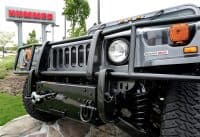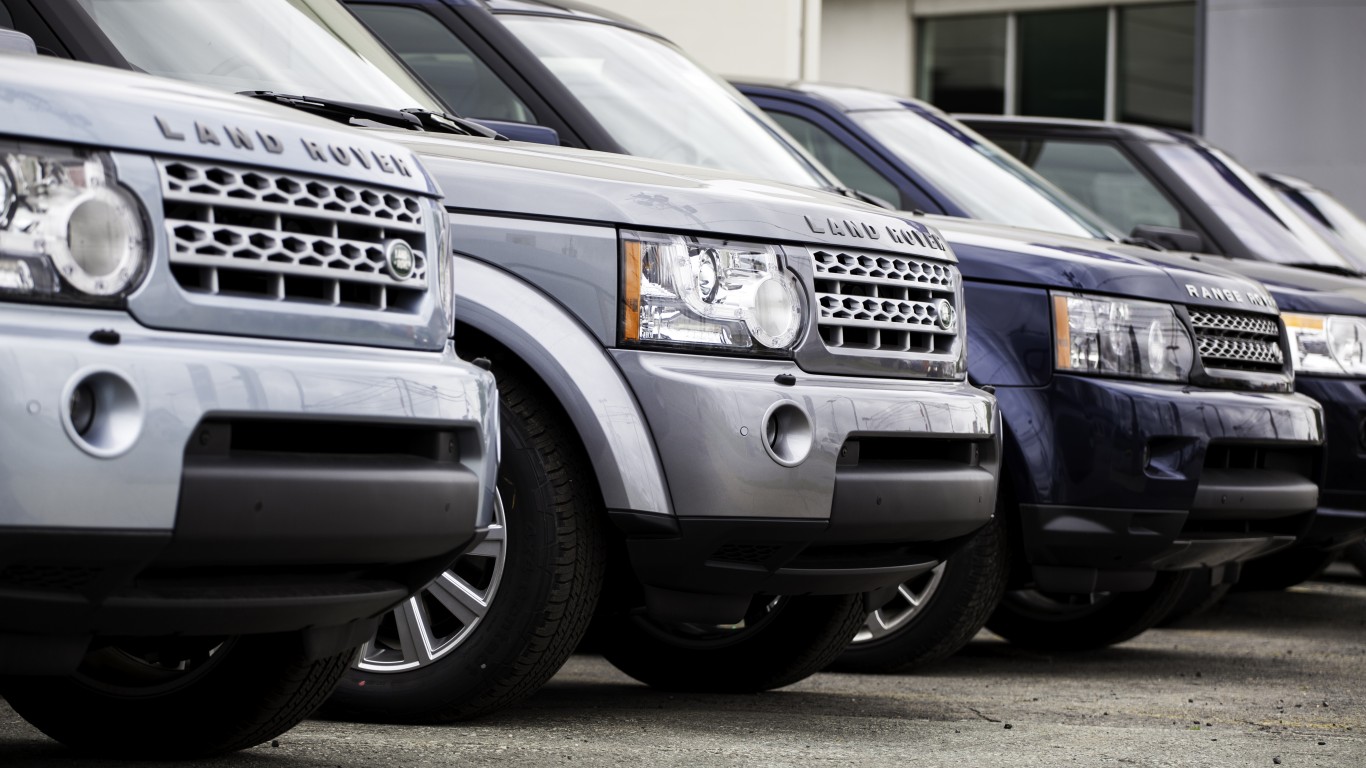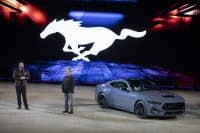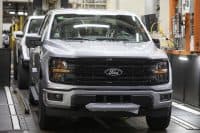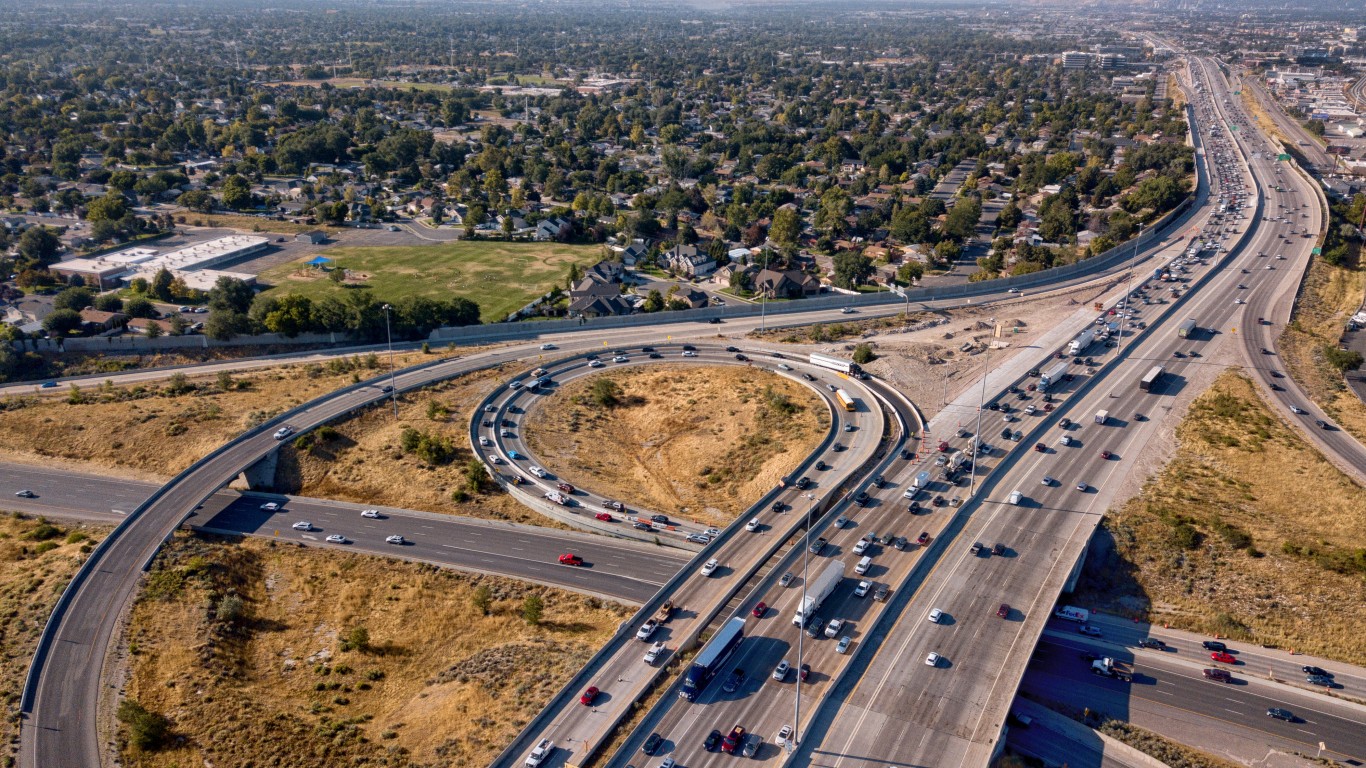
American car ownership has become remarkably expensive. The average price of a new car sits at about $40,000, well above the price two years ago.
One reason car prices have skyrocketed is supply chain problems that have hampered the availability of new cars. Demand has risen as people who could not even shop for cars at the start of the COVID-19 pandemic join those who are in the normal new car upgrade cycle. To make matters worse, new car dealers have started to squeeze customers by raising prices on hard-to-find vehicles. Manufacturers have had trouble stopping the practice.
Americans who have tried to sidestep the new car buying cycle to cut costs have found that used car prices have risen too as more and more people move to the same solution. The final line of defense to quit the high-priced car environment is to keep the cars they have. The average age of a car on the road in America is 12 years, which is a record. The new car supply shortage and the quality of older used cars will make that longer.
Car prices do not stop at the cost of purchase. International driver’s education company Zutobi has released a poorly done report on car prices by state. It focused on the expense over a 20-year period. In many cases, the increase was over 100%. The report also showed the states where car ownership will be expensive in 2032. Nevada topped the list at $11,595. It was followed by Hawaii at $10,567 and California at $10,357.
The study has a huge drawback. It is only based on one model sold in America, the Ford F-Series. While it is the best-selling vehicle in America, it remains a fraction of the overall U.S. vehicle market.
The Zutobi report may be valuable directionally as it forecasts vehicle ownership over future years. It at least includes six-year depreciation, insurance costs and fuel costs.
Will it cost more to own a Ford F-Series in the near future? Perhaps not. Oil prices may fall, as they have recently. Insurance prices could drop sharply as cars get better safety systems. The cost to own a car 10 years from now could actually fall.
The Average American Has No Idea How Much Money You Can Make Today (Sponsor)
The last few years made people forget how much banks and CD’s can pay. Meanwhile, interest rates have spiked and many can afford to pay you much more, but most are keeping yields low and hoping you won’t notice.
But there is good news. To win qualified customers, some accounts are paying almost 10x the national average! That’s an incredible way to keep your money safe and earn more at the same time. Our top pick for high yield savings accounts includes other benefits as well. You can earn up to 3.80% with a Checking & Savings Account today Sign up and get up to $300 with direct deposit. No account fees. FDIC Insured.
Click here to see how much more you could be earning on your savings today. It takes just a few minutes to open an account to make your money work for you.
Our top pick for high yield savings accounts includes other benefits as well. You can earn up to 4.00% with a Checking & Savings Account from Sofi. Sign up and get up to $300 with direct deposit. No account fees. FDIC Insured.
Thank you for reading! Have some feedback for us?
Contact the 24/7 Wall St. editorial team.
